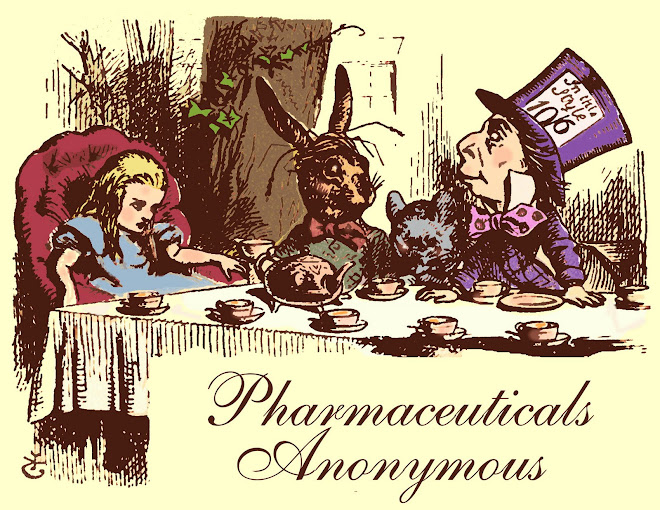
Image from collection of abandoned urns of cremated asylum patients' remains, by David Meisel.
David Maisel’s photographs of nearly 110 funereal copper canisters are a mineralogical delight. Bearded with a frost of subsidiary elements, their surfaces are now layered, phosphorescent, transformed. Unsettled archipelagos of mineral growths bloom like tumors from the sides and bottoms – but is that metal one sees, or some species of fungus? The very nature of these canisters becomes suspect. One is almost reluctantly aware that these colors and stains could be organic – mold, lichen, some yeasty discharge – with all the horror such leaking putrescence would entail. Indeed, the canisters have reacted with the human ashes held within.
Each canister holds the remains of a human being, of course; each canister holds a corpse – reduced to dust, certainly, burnt to handfuls of ash, sharing that cindered condition with much of the star-bleached universe, but still cadaverous, still human. What strange chemistries we see emerging here between man and metal. Because these were people; they had identities and family histories, long before they became nameless patients, encased in metal, catalytic.
In some ways, these canisters serve a double betrayal: a man or woman left alone, in a labyrinth of medication, prey to surveillance and other inhospitable indignities, only then to be wed with metal, robbed of form, fused to a lattice of unliving minerals – anonymous. Do we see in Maisel’s images then – as if staring into unlabeled graves, monolithic and metallized, stacked on shelves in a closet – the tragic howl of reduction to nothingness, people who once loved, and were loved, annihilated?
After all, these ash-filled urns were photographed only because they remain unclaimed; they’ve been excluded from family plots and narratives. A viewer of these images might even be seeing the fate of an unknown relative, eclipsed, denied – treated like so much dust, eventually vanishing into the shells that held them.
Article here.





